Healing Nature, Healing Ourselves - A Chat with Wildlife Photographer & Biologist Colinda Vergeer
“When we heal ourselves, we are one step closer to healing Mother Earth. ”
If you know me, or my writing, you know that I love stories. People around the world love stories. They inspire us, motivate us, spark ideas, and perhaps even change our opinions or perspectives on different topics. Stories light up life, and are also the result of simply living our lives.
And I adore hearing other peoples’ stories, especially the likeminded whale-loving, nature-serving, mindful folk who are working every day to take care of the beautiful planet we call home. And taking nice pictures while they’re at it.
That brings me to introduce the beautiful Colinda. I met this firecracker of a woman from the Netherlands through a mutual friend from Maui who just knew we’d get along, since we “both absolutely adore whales!” Never one to turn down a chance to connect with a similar spirit, I jumped at the chance to meet her. Now that we’ve been friends for a while, I can confirm that Colinda has some amazing stories to tell.
So without further ado, please read on to hear how a passionate nature lover from the Netherlands grew into her role as a project leader for the National State Forest and developed a love for marine life. She’s also an incredible photographer, as you’ll see! All the photos from this post are her own.
Hi Colinda! Would you mind walking us through a quick intro of yourself?
Hey, and of course! My name is Colinda, I’m 36 and living in The Netherlands with my border collie Lara and a great passion for nature. I’ve always wanted to contribute to nature conservation and now I work for the National State Forest as a project leader in natural grazing in an area that once was only agricultural land. In 50 years we have restored nature with the help of three large grazers we introduced four years ago: European bison, Exmoor pony’s and an ancient cattle breed ‘Taurus’. In this way, I am able to help restore an endangered species like the European bison (more rare than rhino’s in Africa or tigers in India) and work to optimize biodiversity. The natural grazers help to keep the land open and create different stages of succession.
I devoted my life to nature. I love spending time in the outdoors and working to maintain and heal the environment. I have always had this love for nature and animals since I was a kid, and this has only grown. I just want to contribute, make a difference, and give something in return to Mother Earth. I am so passionate about this that I sometimes forget to enjoy the peace and harmony of nature and life. In my free time I walk with my dog through the forest, I ride/train a Tennessee Walker, I dance, travel and love to spot wildlife. When I am in nature I let go of my expectations and welcome every sight of wildlife I see. It’s up to wildlife to cross my path or not and when they do I feel so grateful. It’s in those moments that I realize how lucky I am.
What first made you interested in the environment?
It all started with my dog. I grew up with animals in the house (cats, birds) and when I had a dog ‘Chica’, a Belgian shepherd, I couldn’t wait to be old enough to walk her. Then I wanted to ride horses. But my parents didn’t want to spend money on riding lessons, so I found a farm for kids with many different animals where I taught myself to ride a Shetland pony, and to take care of the animals. My love for animals continued to blossom as I grew older. And I came to understand animals need nature, as we humans do. I loved watching African vets, documentaries on television and reading Greenpeace magazine. I stacked posters of a breaching humpback whale on my cabinet. My love for landscape, especially those abroad, grew. I gave up on the Netherlands. It seemed I grew up in a country where we only created paved roads, houses and factories. Where was nature, and why was I born here? So I started to travel, explore the possibilities elsewhere. The destinations I chose became further and further away (Germany, Poland, Spain, Canada, Australia, Kenya, US) to catch a glimpse about what wild nature looks like.
What were some of your favorite outdoor-related memories from childhood?
I grew up in a large family with two brothers and two sisters. My parents took me on camping trips to Germany. That was really cool. There we hiked through ‘real’ forests, running streams and waterfalls. I remember I was very jealous when my little sister shouted out she saw a deer. But some time later I saw my first roe deer in Germany with two little ones. It felt like I saw magic.
On Sunday afternoons, my parents took us for bike rides. I am pretty sure when I was young I saw a weasel or stoat family crossing the path. I was the only one who saw them and since my family are no experts in nature or biology they thought I imagined it. Years later I understood what it must have been.
How did you get interested in marine life?
When I was about 9 or 10 years old I did my presentation at elementary school about Greenpeace. I learned about whales and did not understand why we as humans would hunt them down.
It was the ‘90s. Greenpeace warned us about the main topics: harvesting rainforests, whalehunting, acid rain. WWF was focusing on trophic hunting. I simply did not understand why humans are so stupid to continue with harvesting forests, and hunting down whales. Surely we must have been wiser, as we are ‘the most intelligent species’ on this earth. Thirty years later there has been a shift. People are more into whale watching, becoming aware of sustainability, buying sustainable wood, recycling. But the topics: harvesting rainforest, whale-hunting, tropic hunting and even acid rain are still present… A year after my presentation about Greenpeace I did my presentation about diving. Pictures about dolphins and whales just caught my eyes. That’s when I started to dream about the impossible, to see a whale or dolphin in their own natural habitat, to dive with them.
I also learned whales and dolphins were such mysterious creatures. Not many people knew anything about them. I became fascinated by the intelligence of animals and knew (as did Jane Goodall) animals were much smarter than we thought. Dolphins and whales seemed to be on top of the intelligence pyramid. (How is it that humans were so sure that we were the most intelligent species???) So I started to read all types of books. (Dian Fossey (gorilla’s), Jane Goodall (chimpanzees), Birute Galdikas (orangutans), Joan Ocean (spinner dolphins), dolphins in Monke Mia (Australia), the grey whale’s journey, orcas near Vancouver Island, Ric O’barry. Most of these were written by wildlife biologists who became conservationists over time as they saw the negative effects of humans on the environment threatening the survival of the species they researched.
It wasn’t until I studied my MSc in Biology and Communication 2006/ 2007 when I started to do research on harbor porpoises in the southwestern North Sea. I was a volunteer at SOS Dolphin (‘SOS Dolfijn’ in Dutch) who rescued beached harbor porpoises and released them back into the wild and I was a volunteer at Foundation Dorsal Finn (‘Stichting Rugvin’ in Dutch) who monitored harbor porpoises on line transect using the ferry between The Netherlands and the United Kingdom. We also saw more and more beached harbor porpoises. Marine specialists were curious whether the population was growing or whether something else was happening. I looked into the abundance and was suggested that harbor porpoises actually followed migrating herring. Herring is one of the fattiest fish and it made sense for them to be hunted and followed, I expected. But my data were not representative to make proof of this and my theory was not supported by some elder scientists. Too many factors simply remained unknown. The beached harbor porpoises were mainly calves (in June) and juveniles in Feb/ March. And most scientists supported the idea the population must have shifted. But was it because of herring populations recovering after a ban on this fishery late ’70s or because other fish stocks became rare? Another factor raised. Many beached harbor porpoises showed also signs of suffocation in fishing nets.
What is one place you're dying to explore when travel is safe once more?
Tonga! I hear from my friend Lauren it must be amazing. I realize with whale watching I only get to see the tip of the iceberg and I hate myself for saying it, but I want more, I want to see them in their environment and see how I can respectfully observe them in their fullness. All ethically though, with respect to the whales.
What's keeping you sane during the pandemic?
I love the quietness at the moment. And I realize this world pandemic is exactly what the world needs. So in an odd way, I am thankful for this wake-up call.
Finally, the World Health Organisation, United Nations and the World Wildlife Fund have confirmed pandemics like Covid19, but also sars, ebola, are happening because we are not taking care of this planet.
I am a biologist and when we see an overabundance in a type of species, viruses get them down. Did we think we are above nature? We are not. We are part of it. This is healing, both for the world, as for me. I realize I am better in balancing myself. Not rushing from goal to goal, but taking my time and doing things slower and with more awareness. Also instead of creating more new friends I am focusing on the friends and family I already have. I am very grateful for my animal friends, my dog Lara and Jane the horse I am training, who remind me to find and explore nature on a daily basis. I am much more aware that I am also part of the problem (wanting more in life, travelling to further destinations, and rushing from one experience to the next) and so I can become part of the solution. By finding my own balance I contribute to a healthier balance for Mother Earth.
If I can fix nature in my own country, The Netherlands, which is full with streets, towns and agricultural land, I can restore nature anywhere in the world. And I realize that’s the reason why I am born in this time (with CO2 crises, N2 crises, COVID19 crises) and born in a place like The Netherlands. It the best time to transform. And making the world a better place, starts with making ourselves happier, healthier. When we heal ourselves, we are one step closer to healing Mother Earth.
Thank you to Colinda for her words and stories, and if you want to hear more from her, don’t worry! I’ve got a blog post or two lined up to share her most memorable whale encounters.
Until then!
Loz
All photos courtesy of Colinda Vergeer, a very talented photographer!
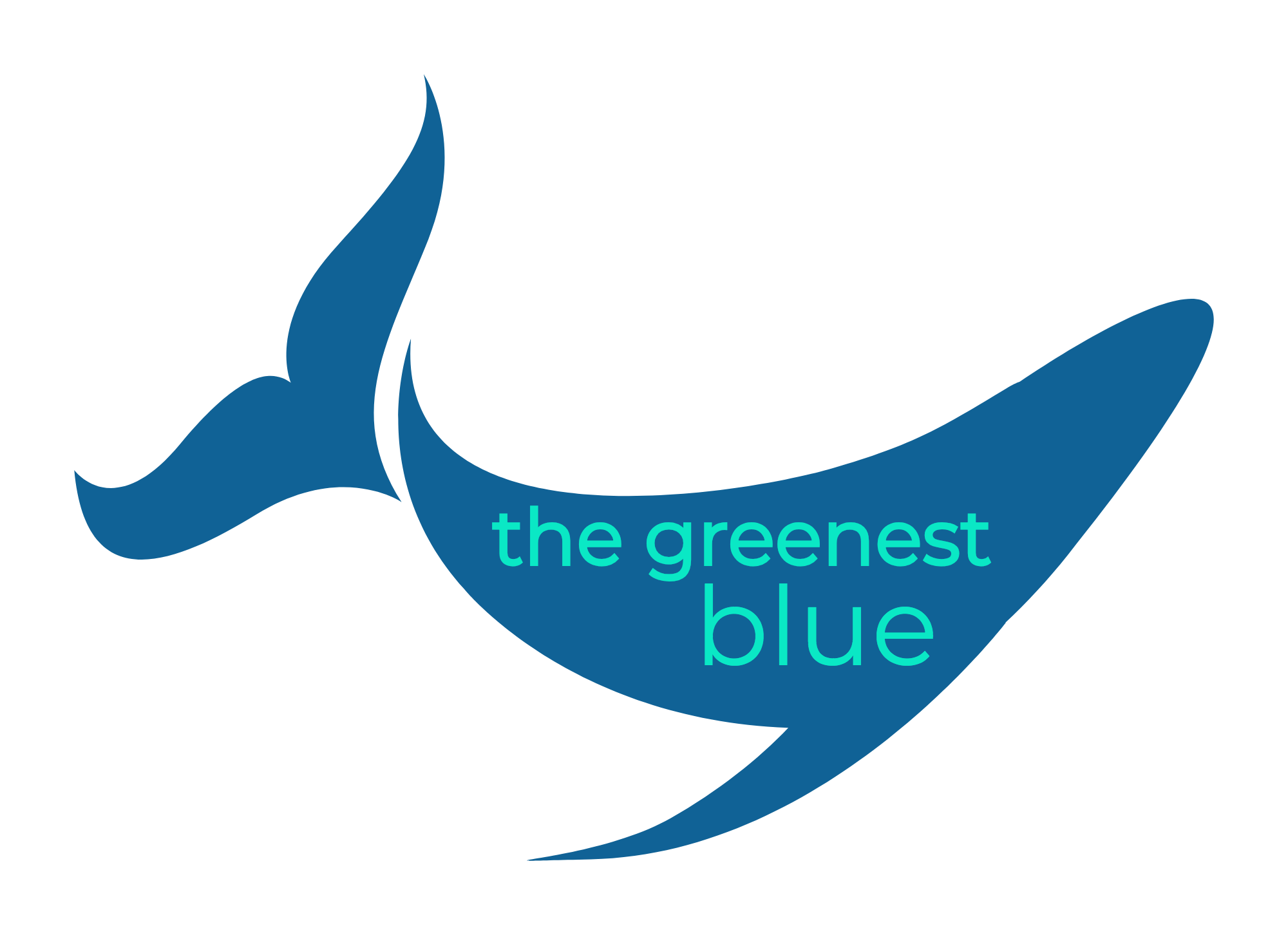

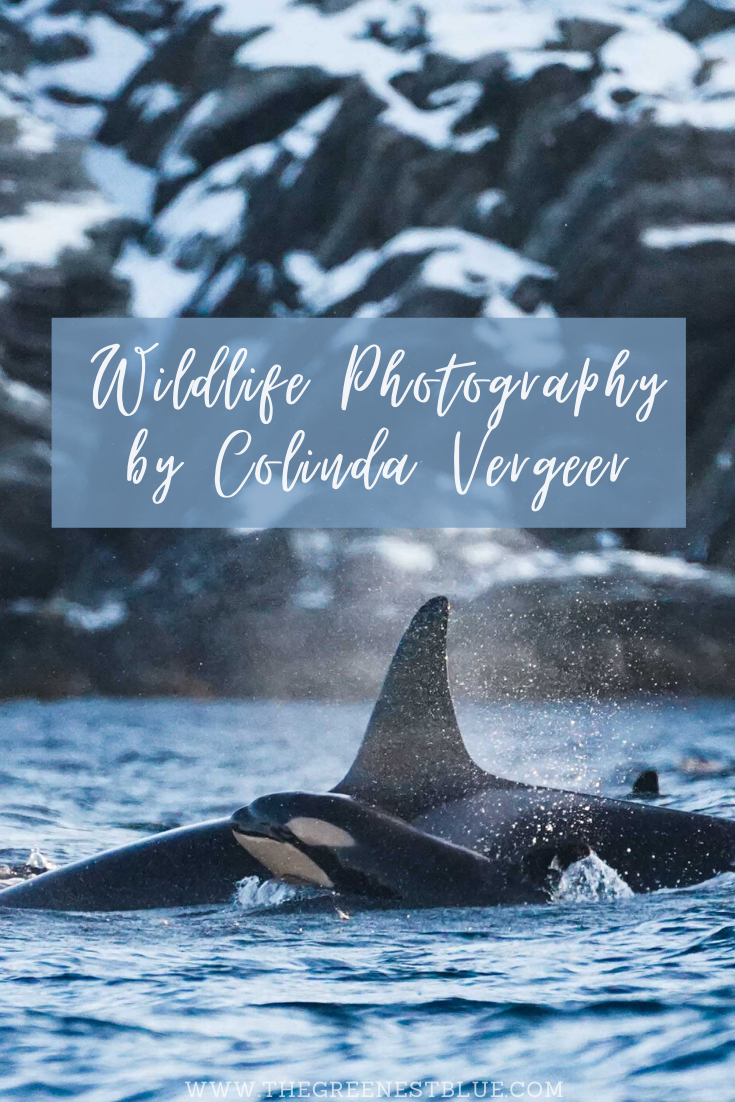
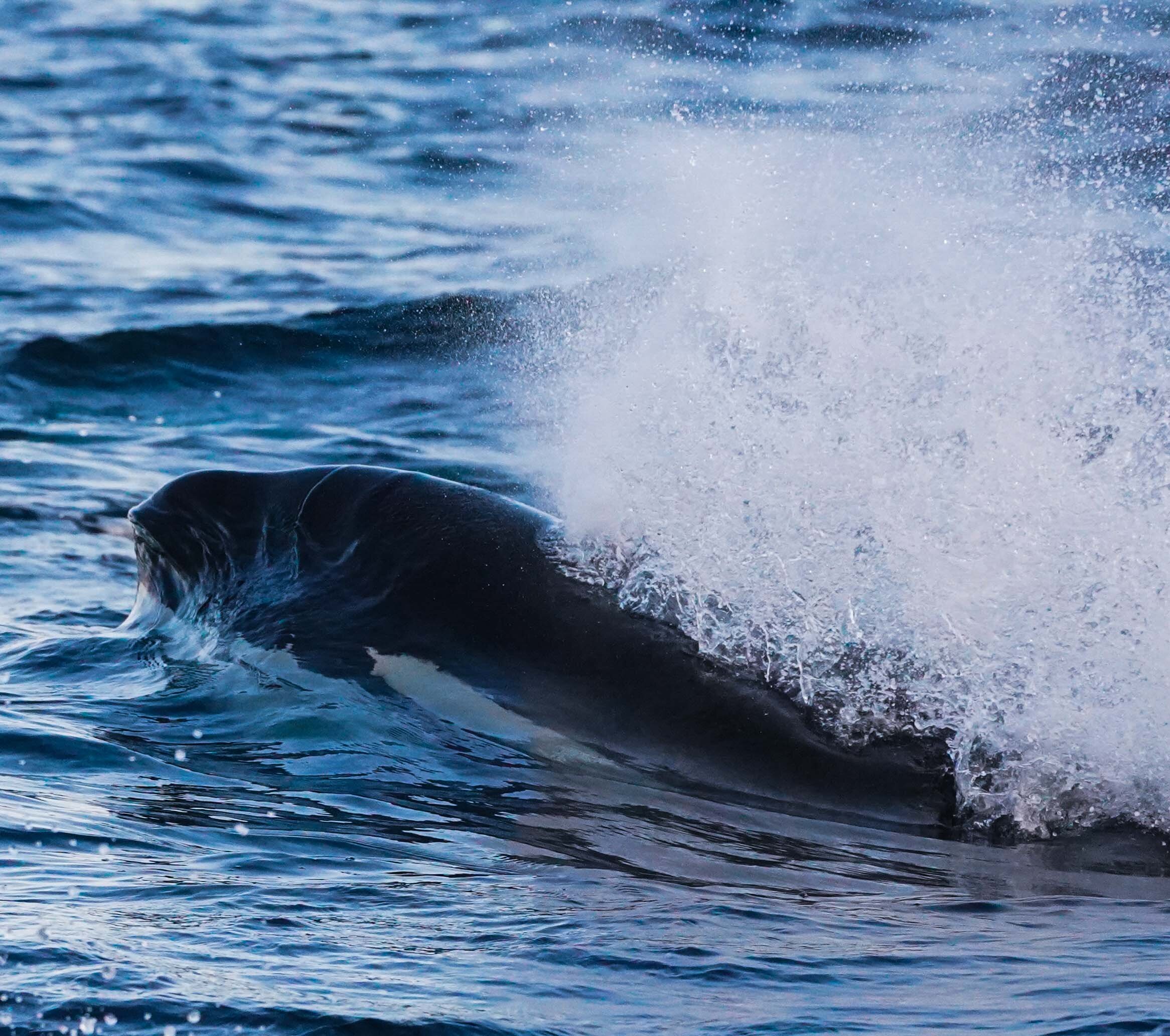
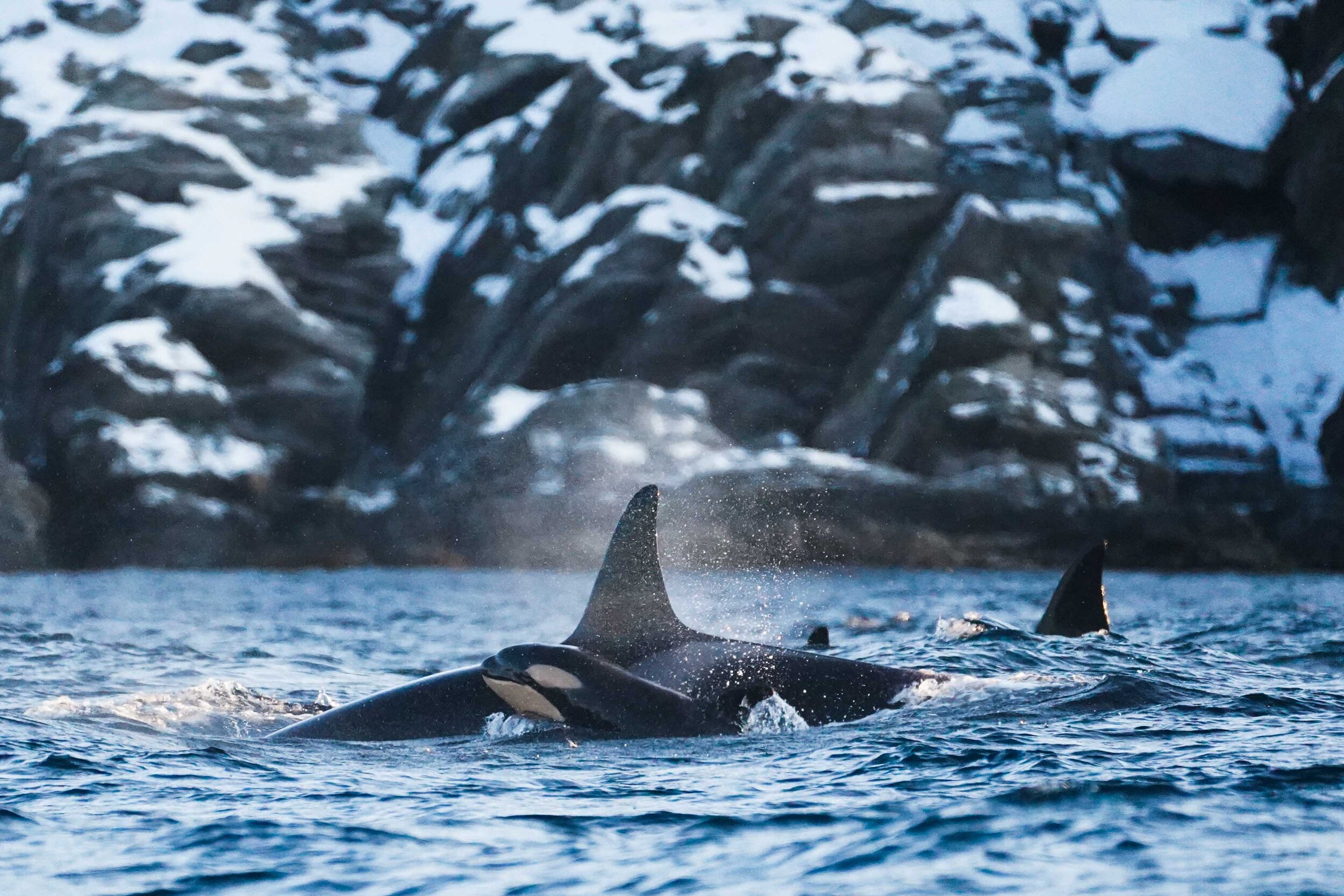
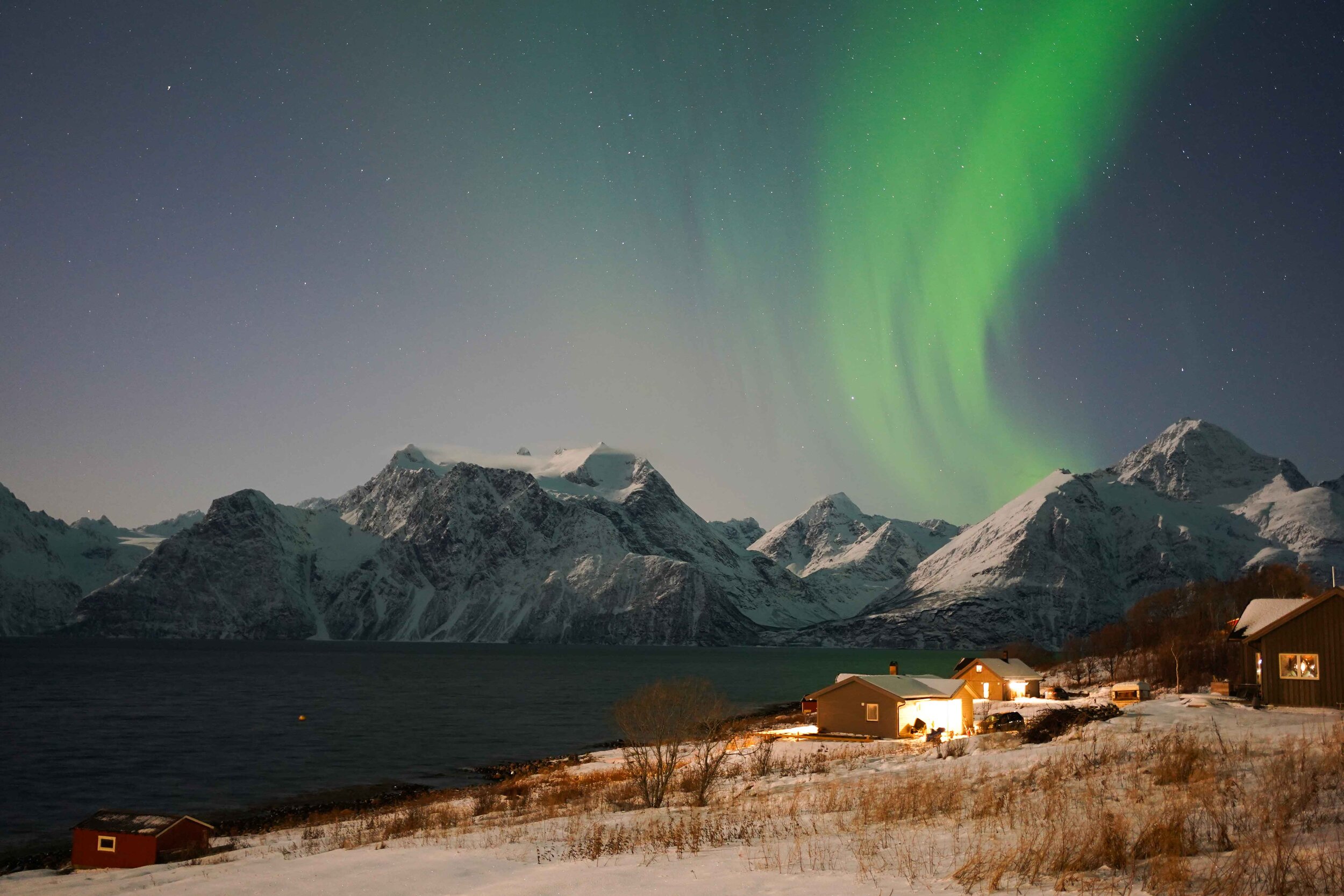
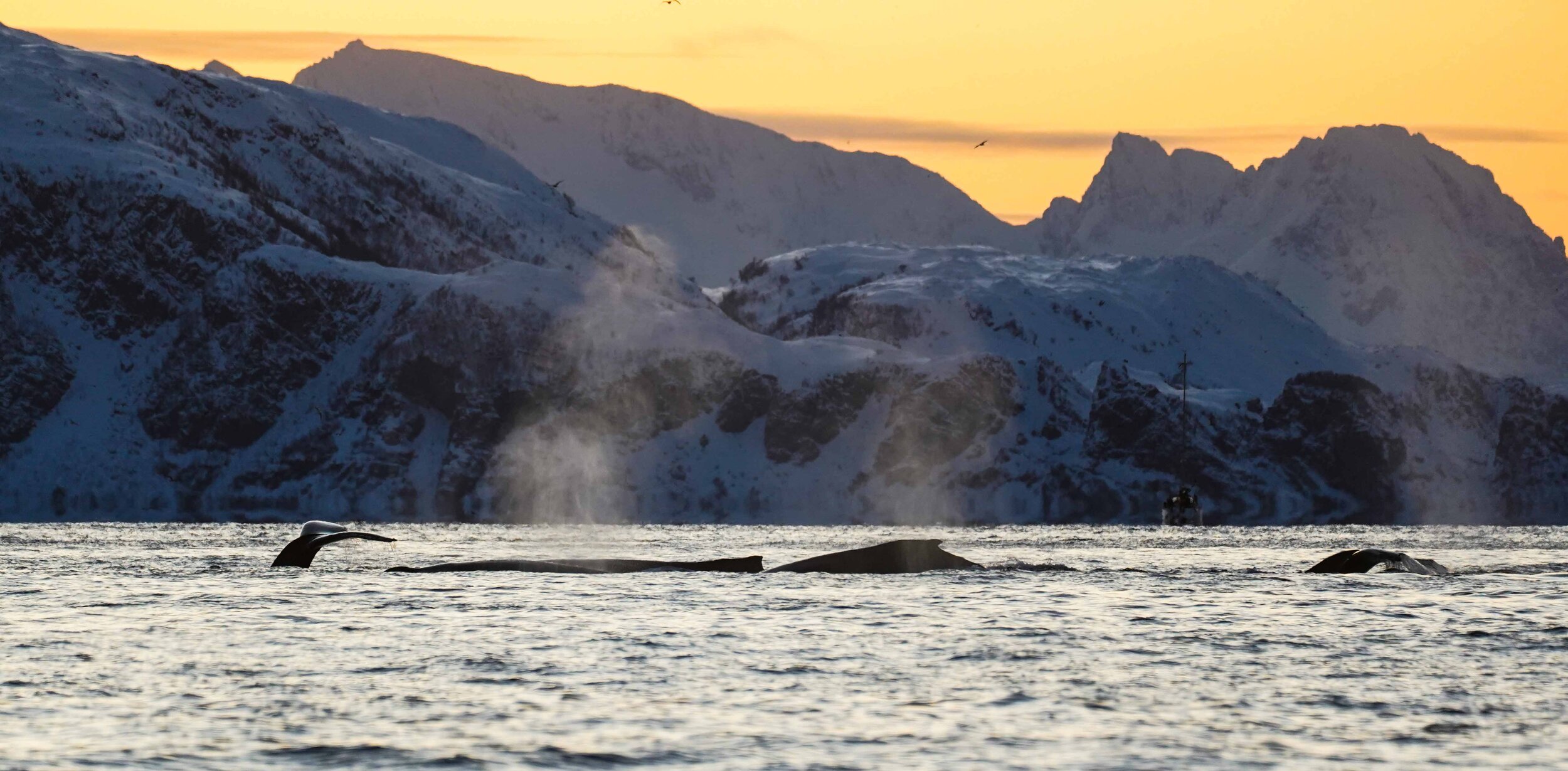
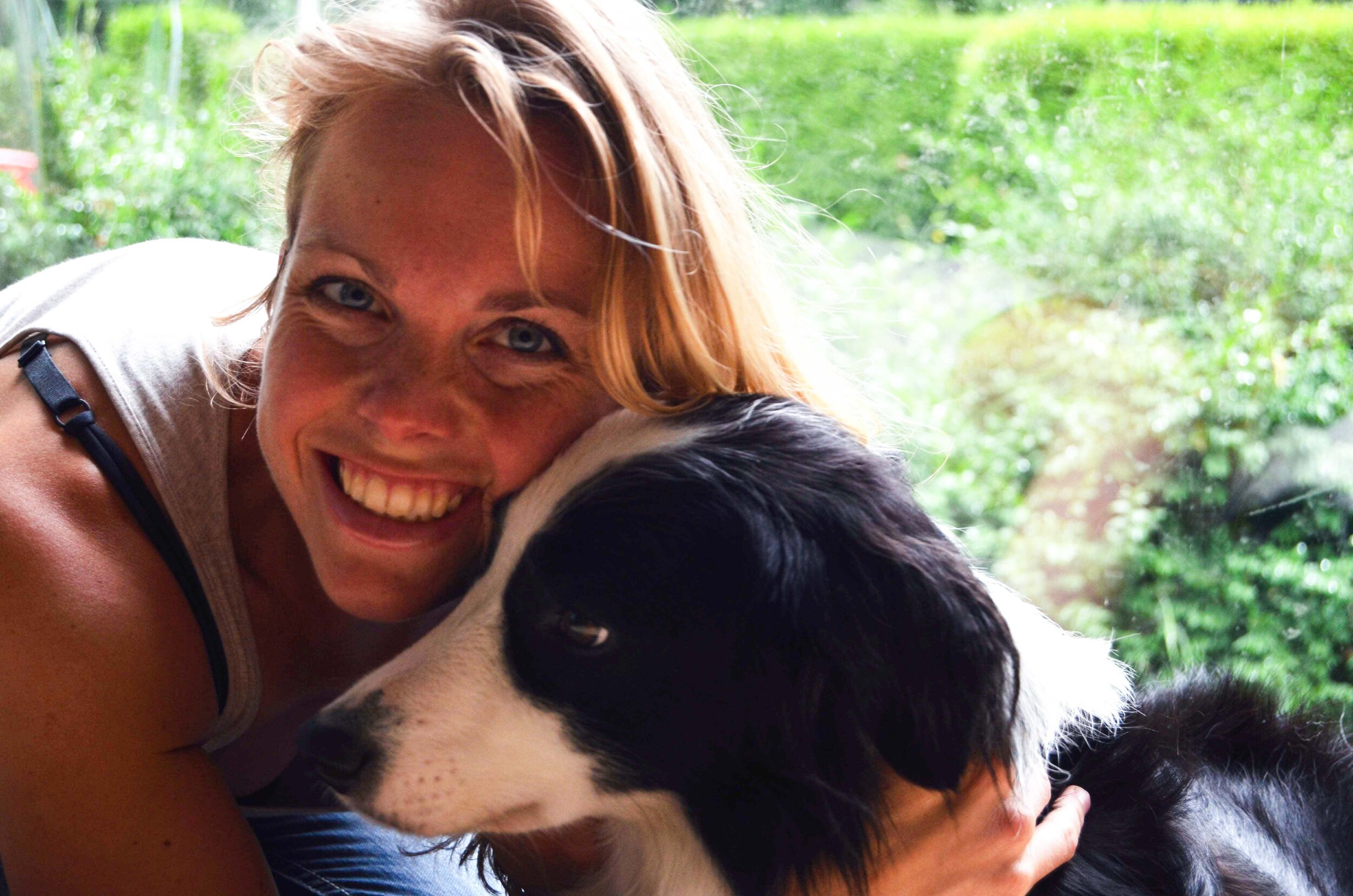
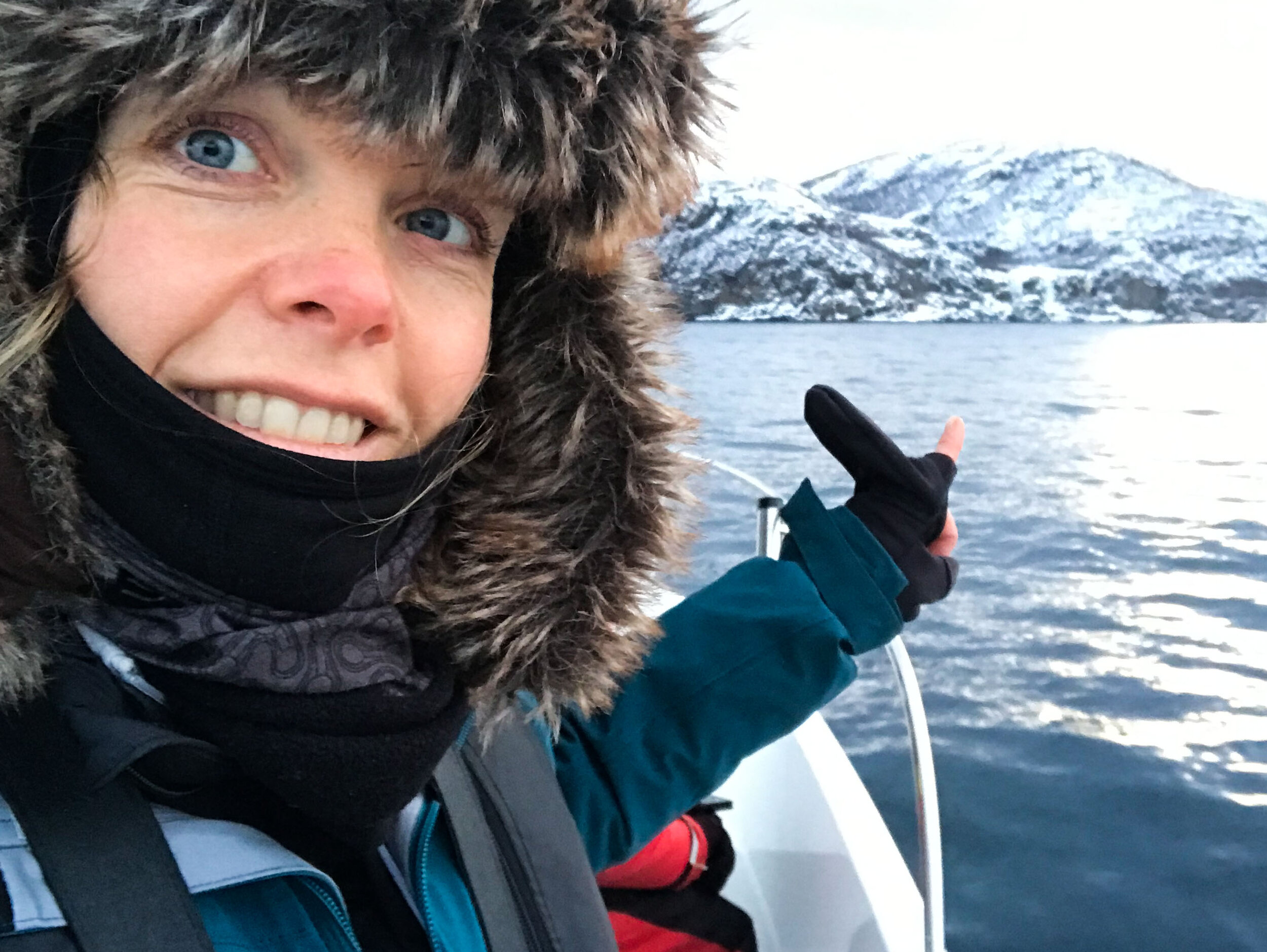
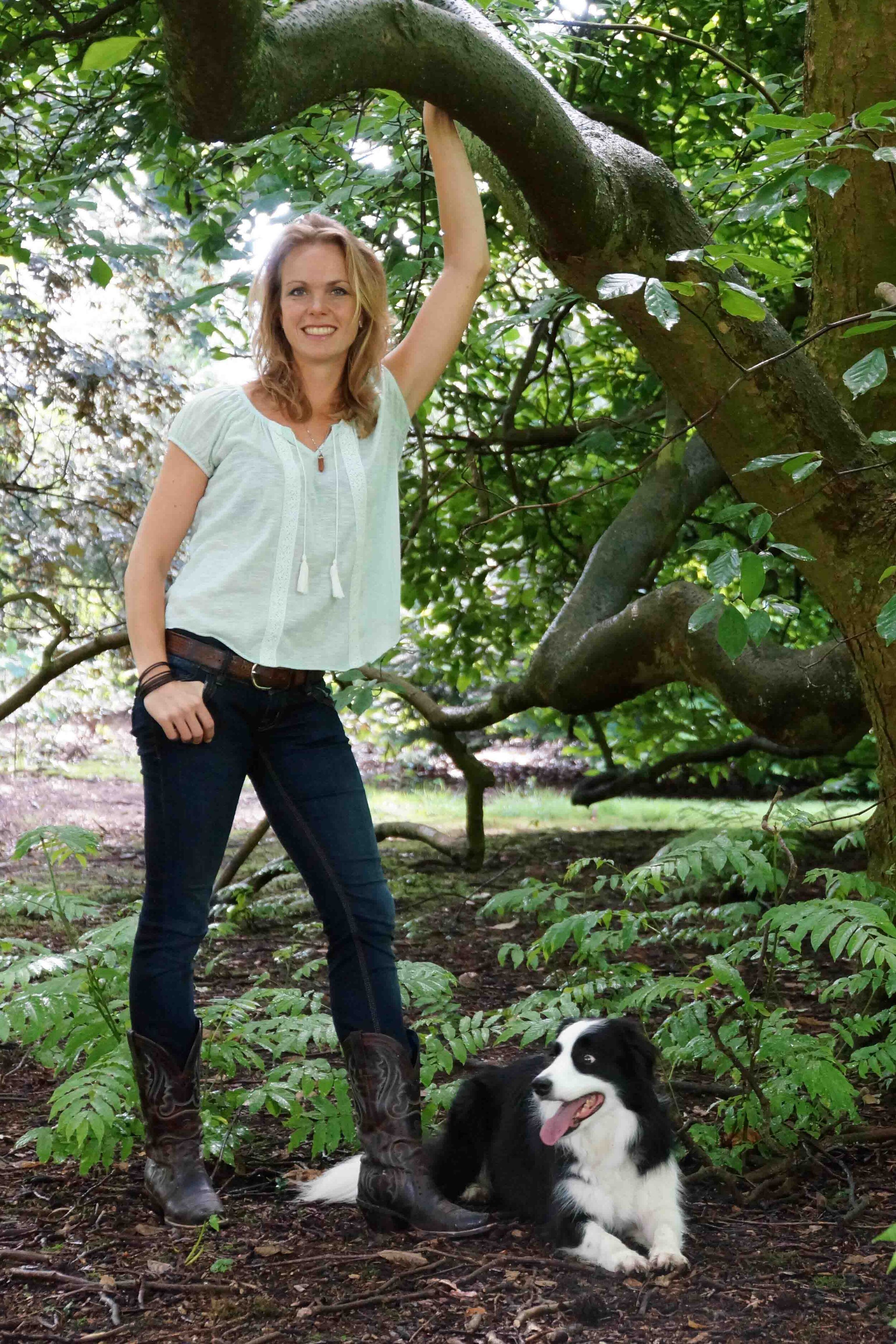
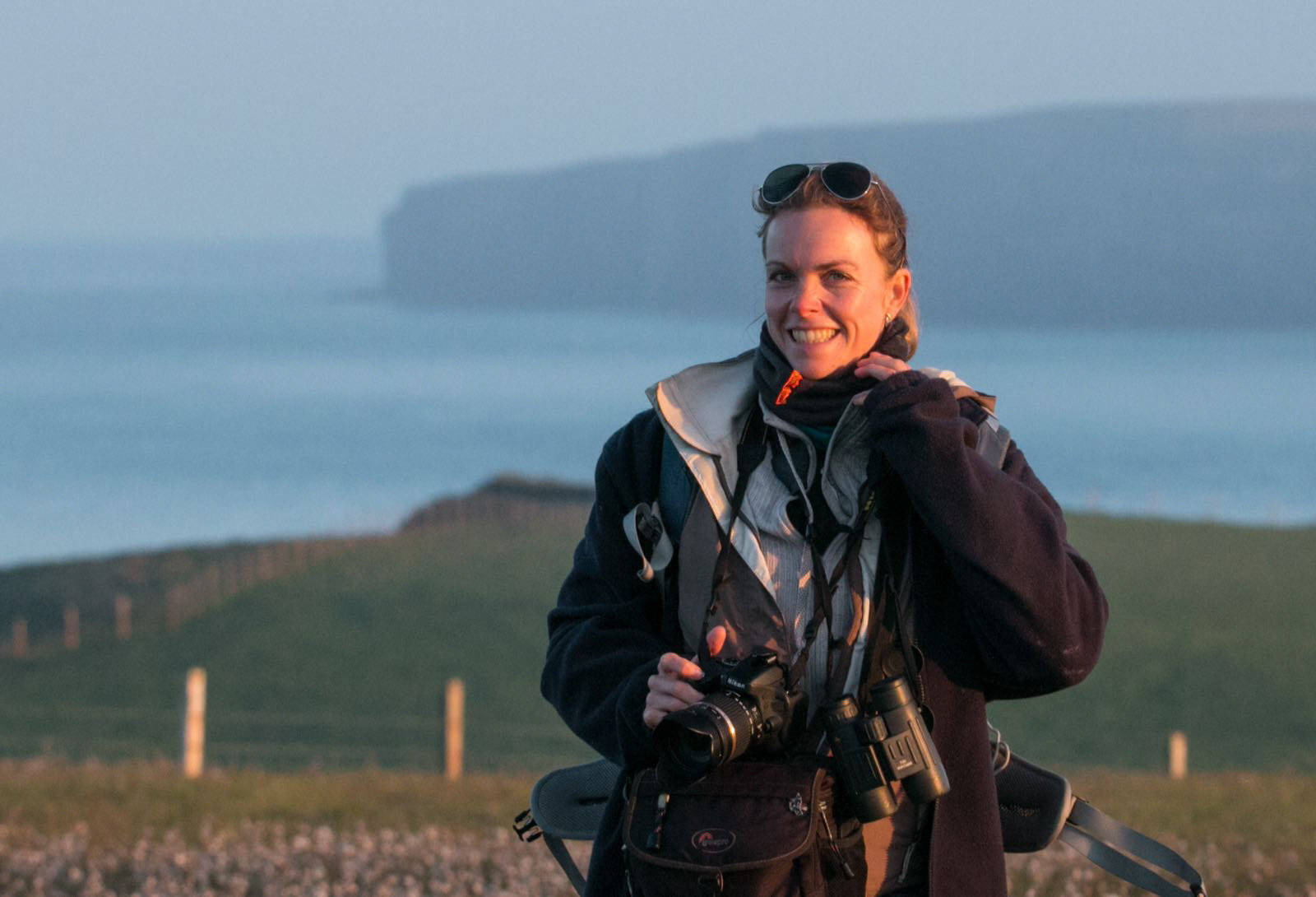
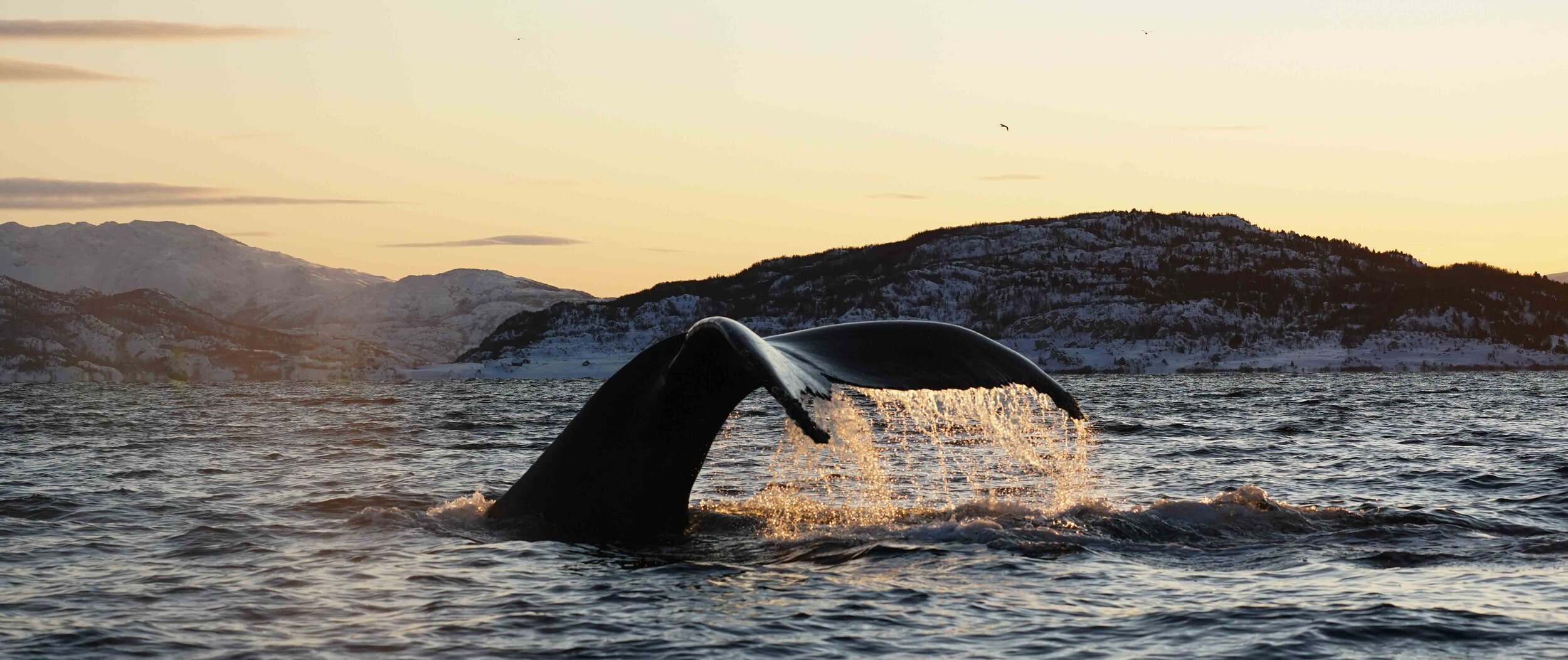
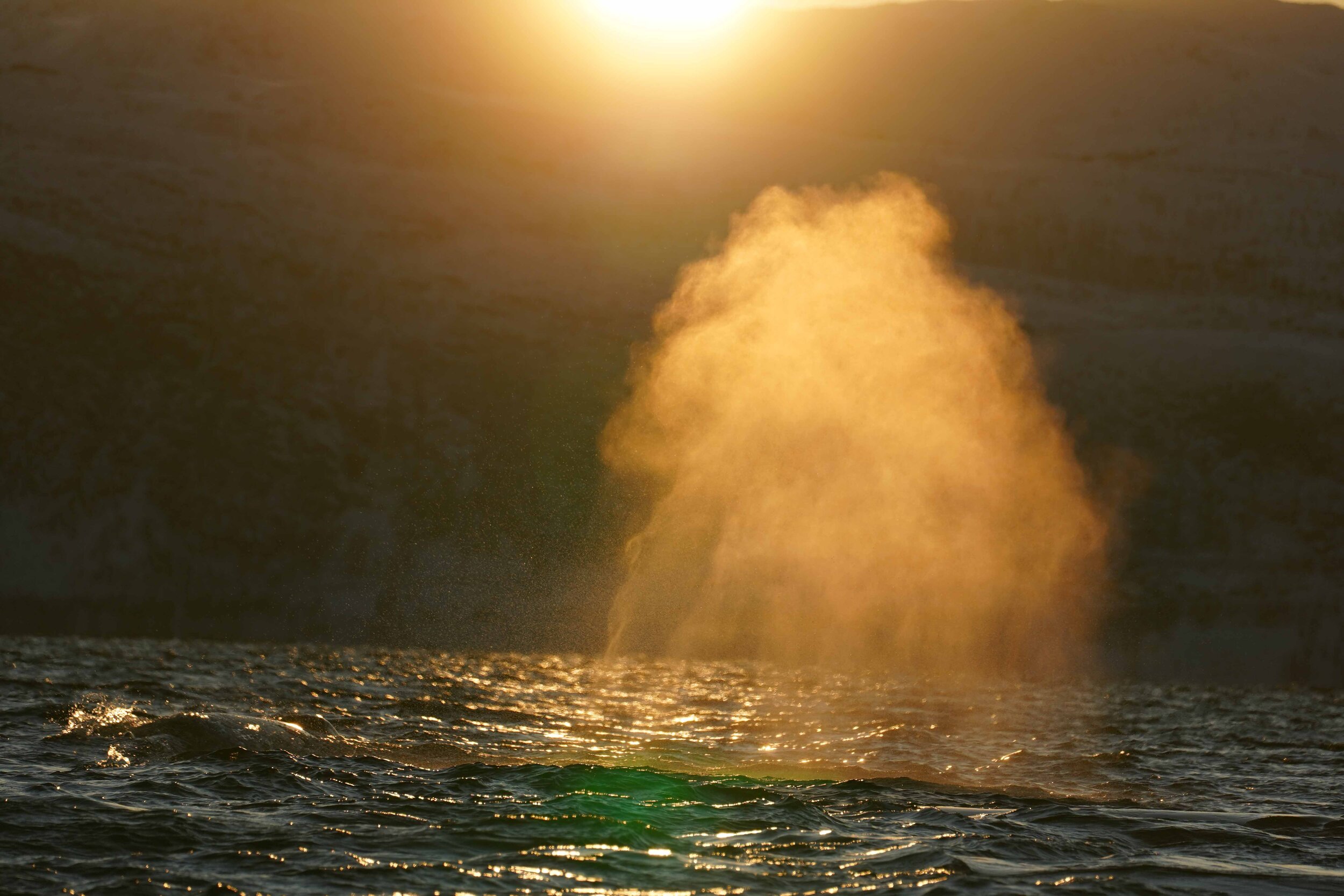
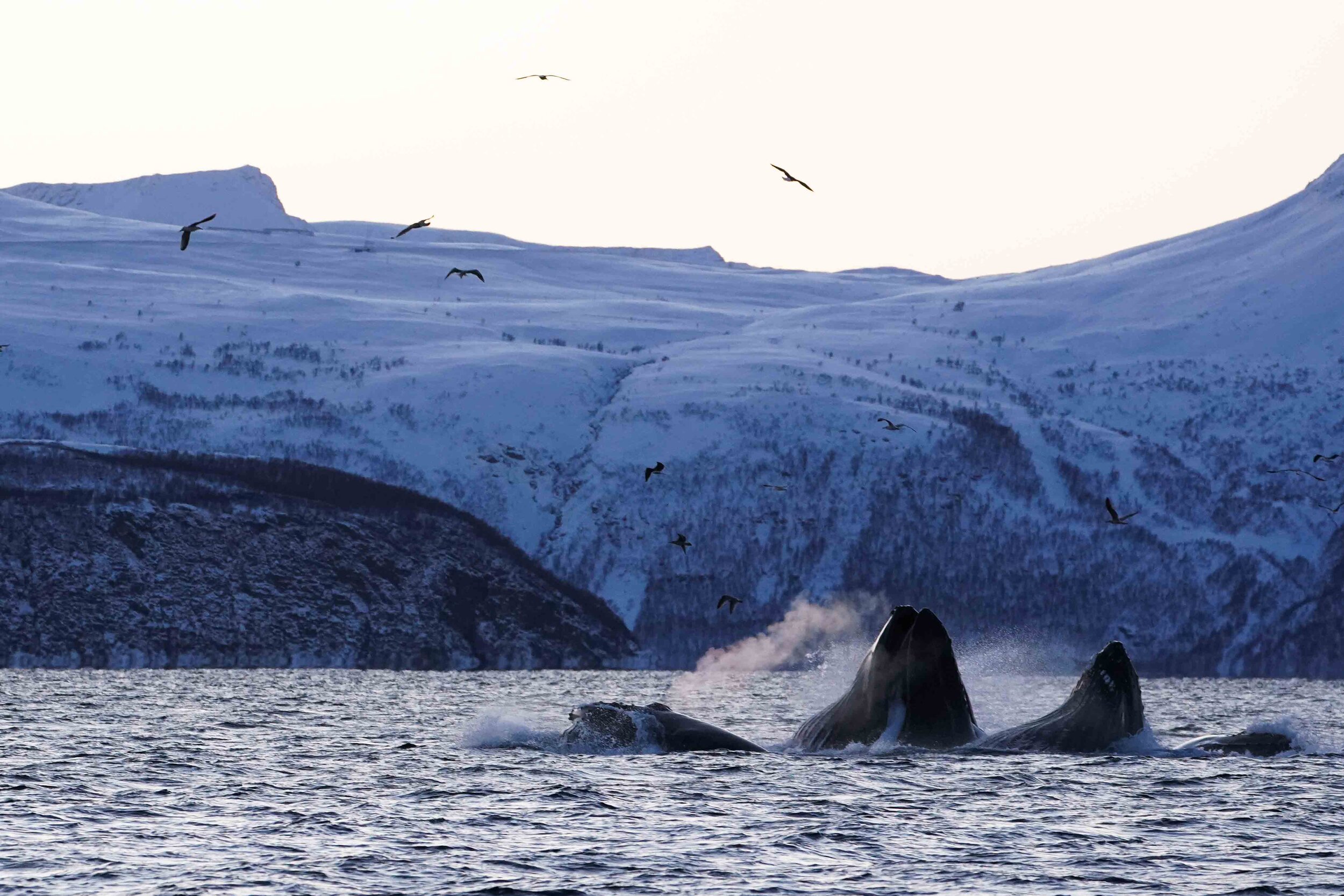
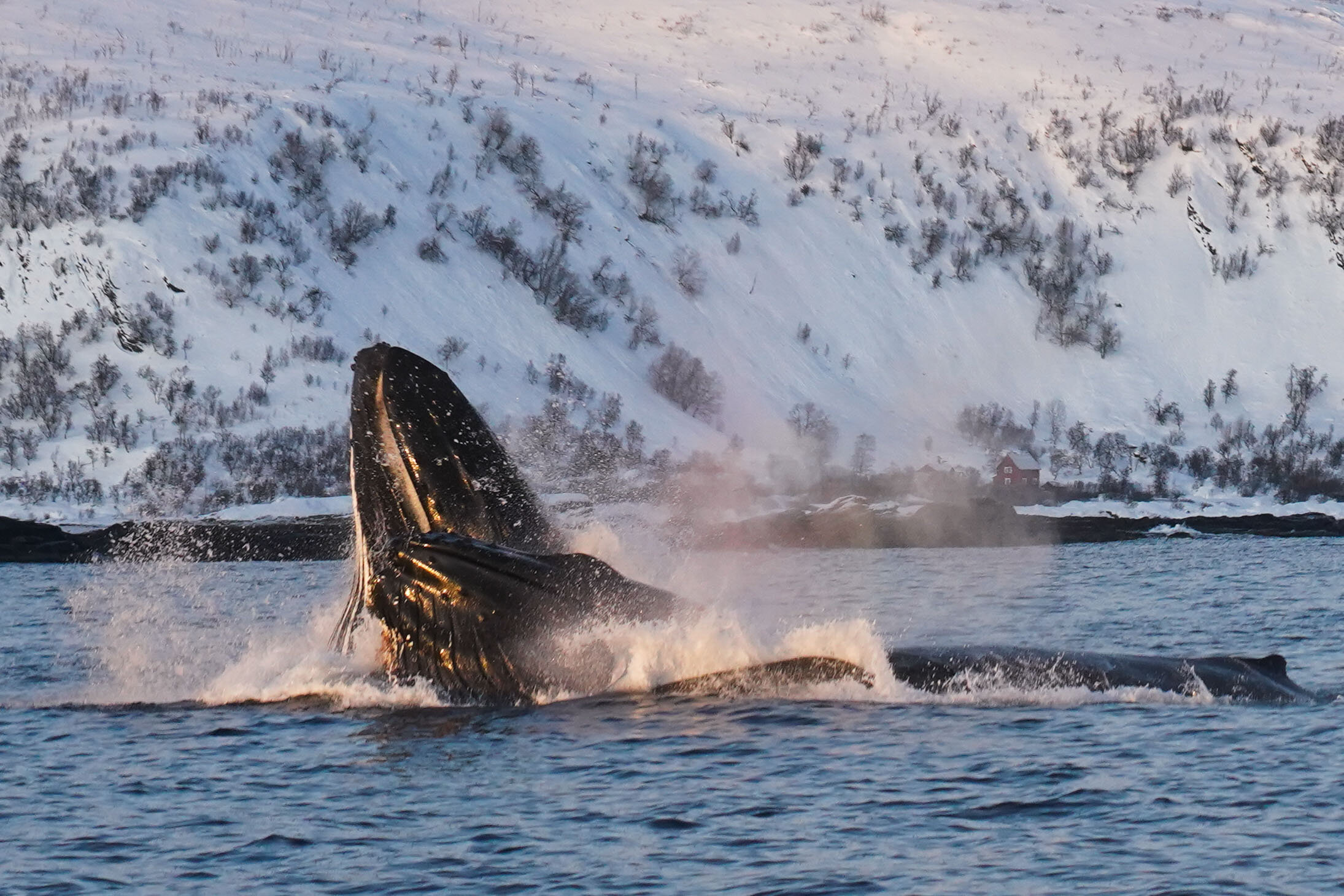
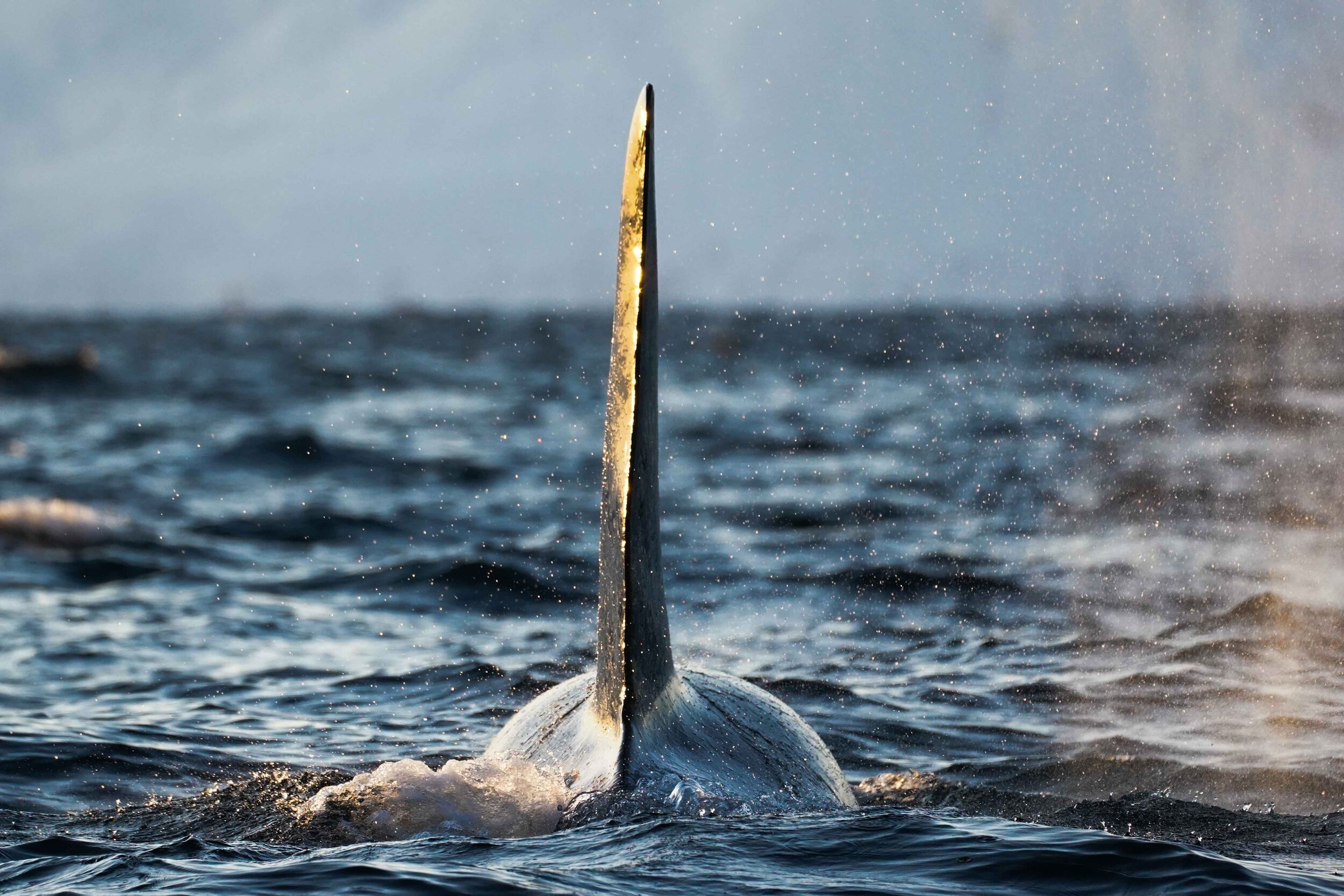
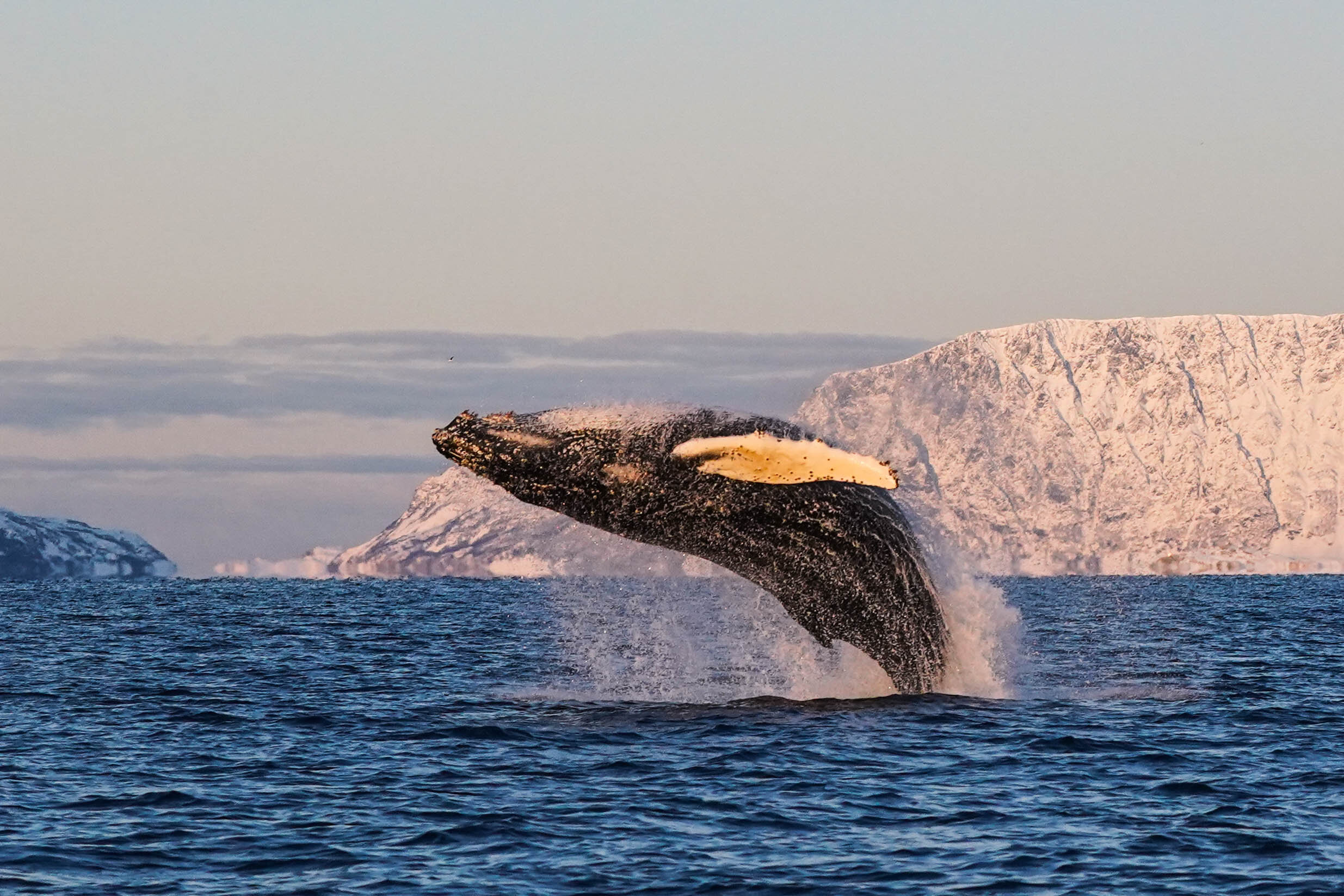
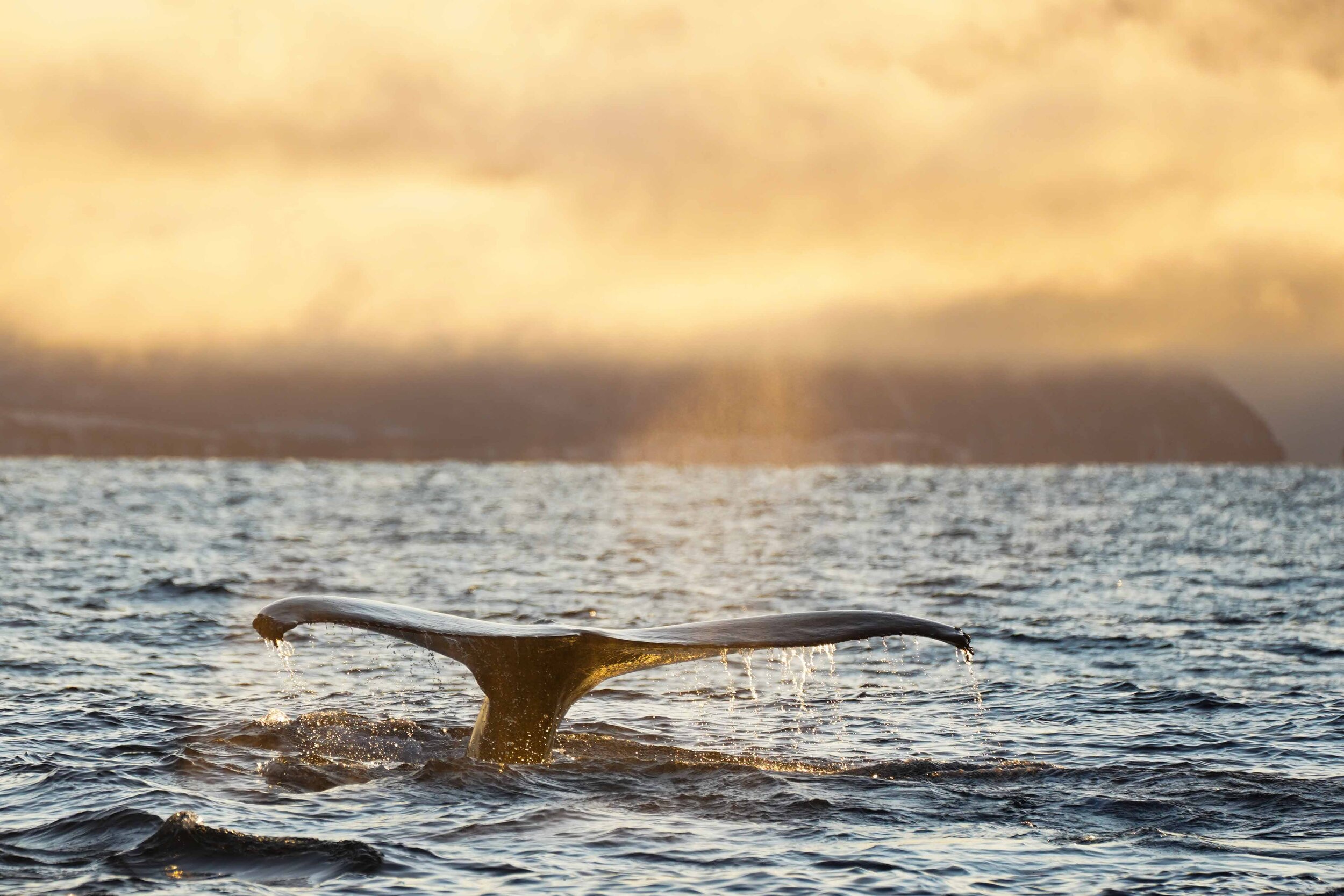
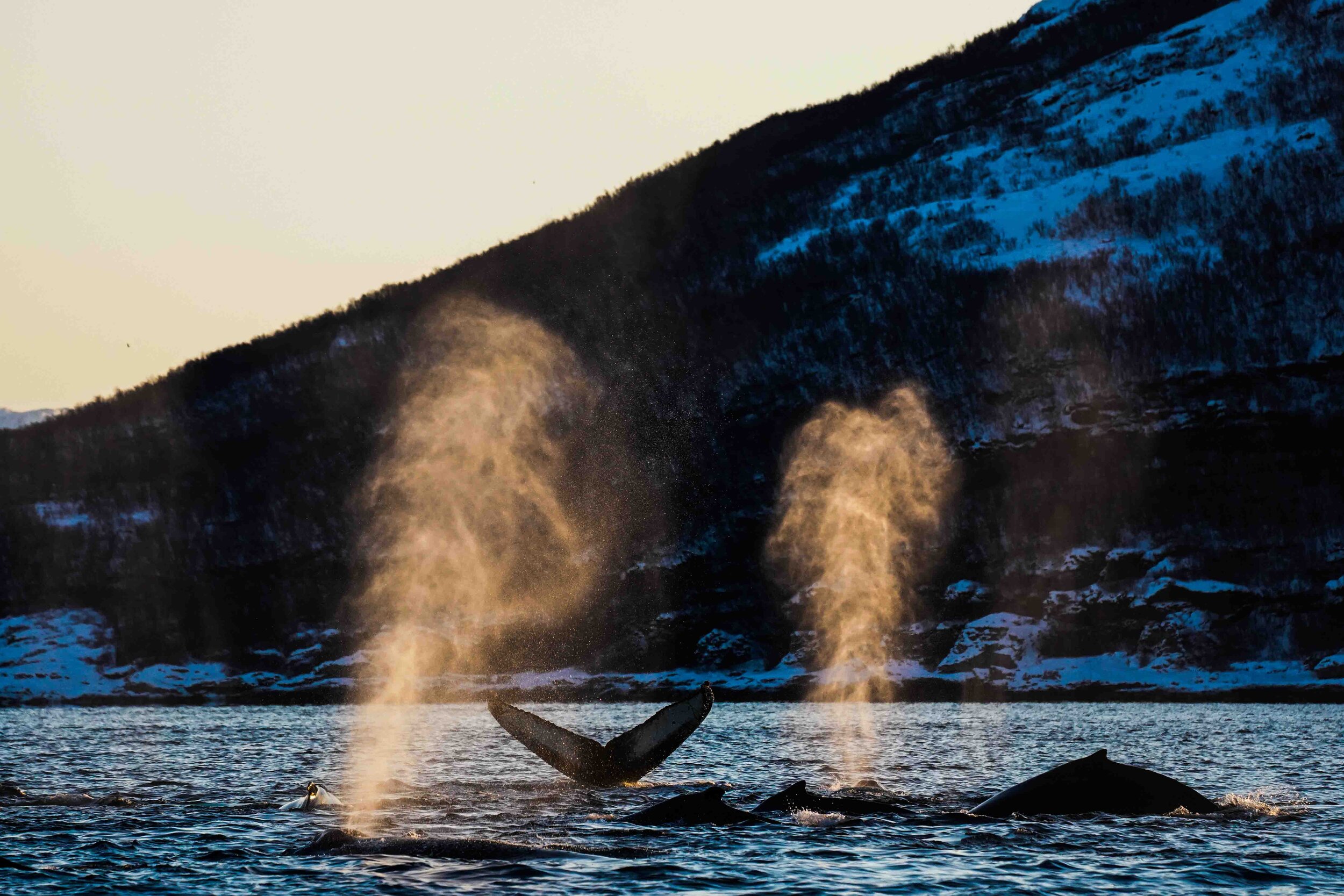


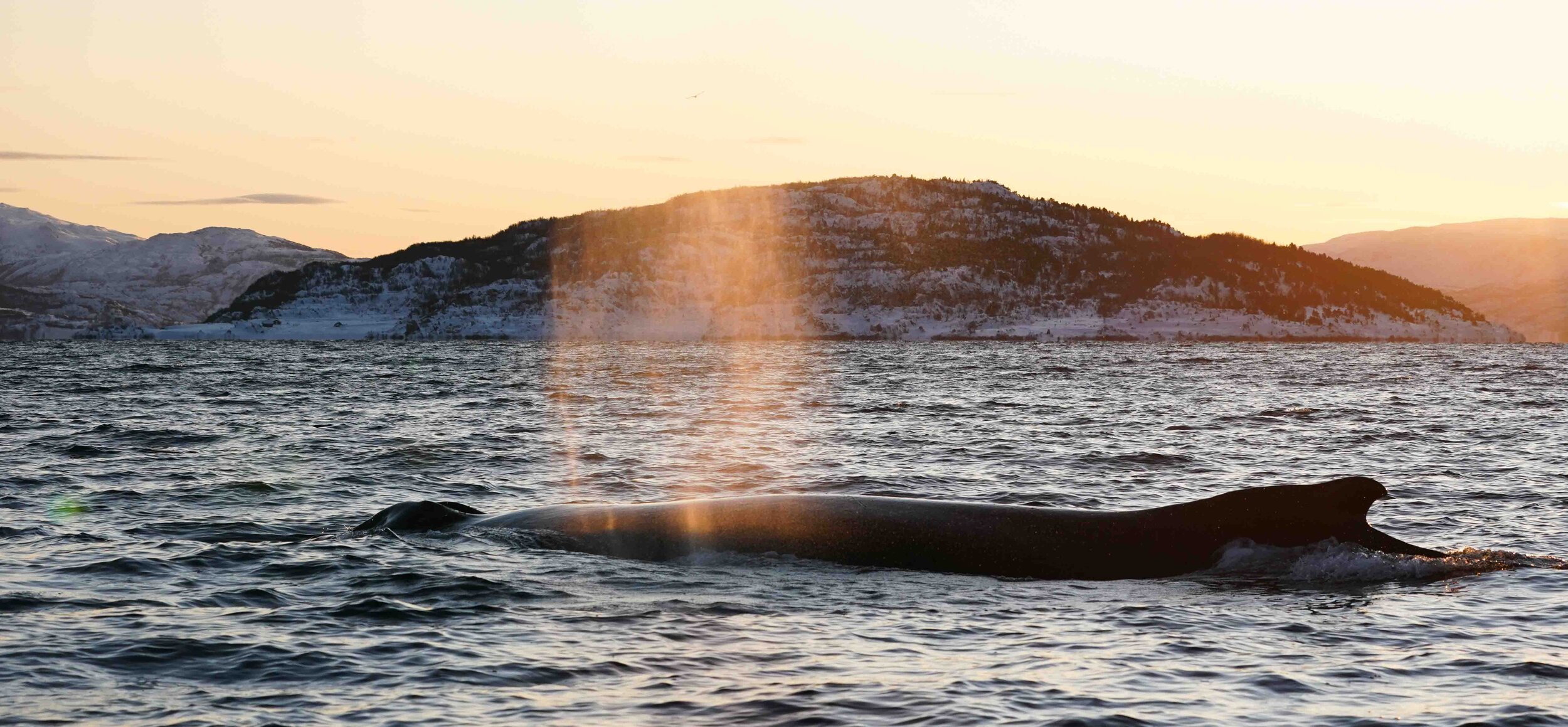



Holy doodles. I am so happy to be back in Aotearoa, land of the long white cloud. I didn’t realize (that’s a lie, yes I did) how much my heart missed this beautiful country that has managed to capture my little heart and squeeze it tight. It makes me want to cry thinking about my younger self and the momentous adventure it was for me to move down here at 25 with only a loose connection to a potential job and housing situation. That leap of faith led me to the most incredible experience and has introduced me to some of the greatest and fastest friends in my life.